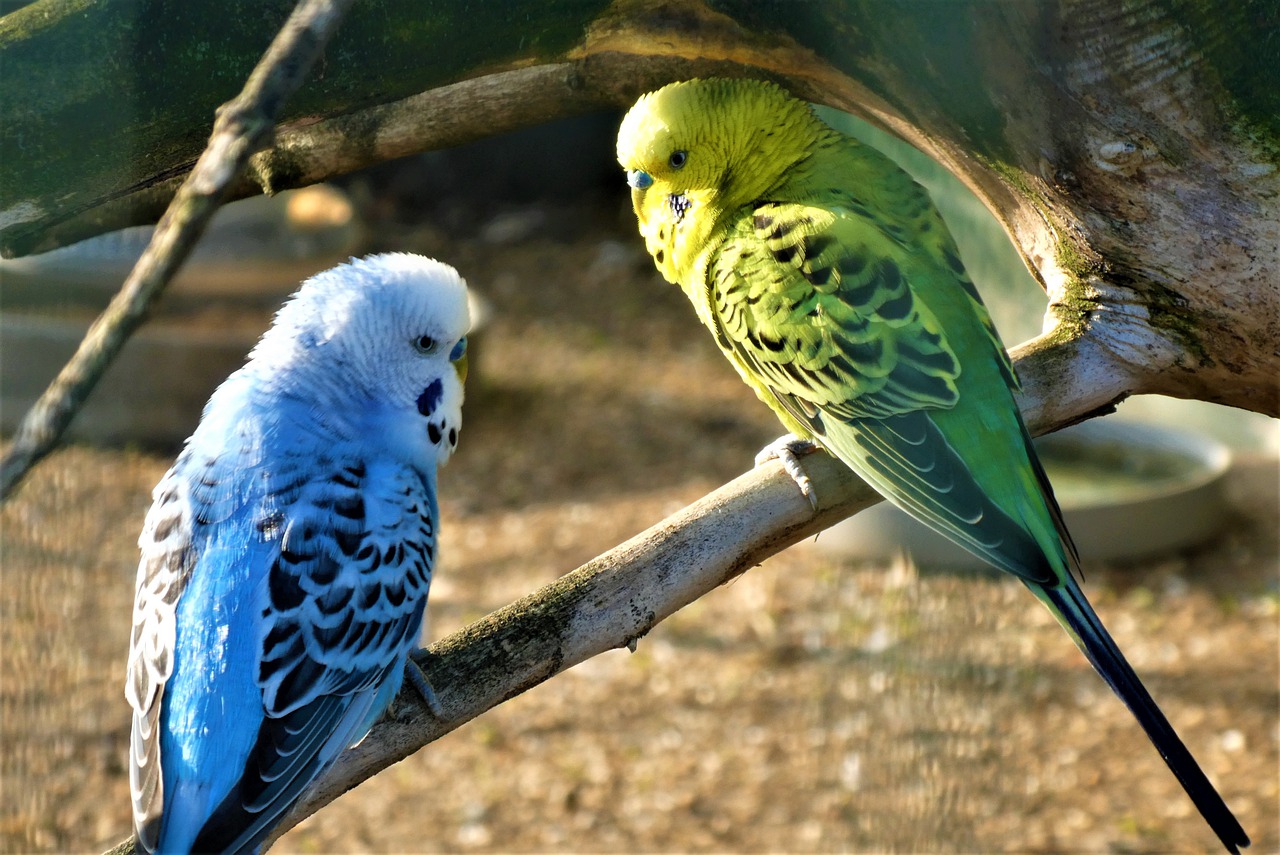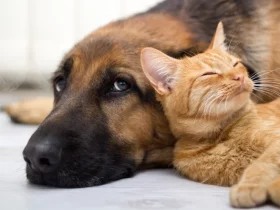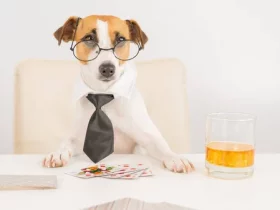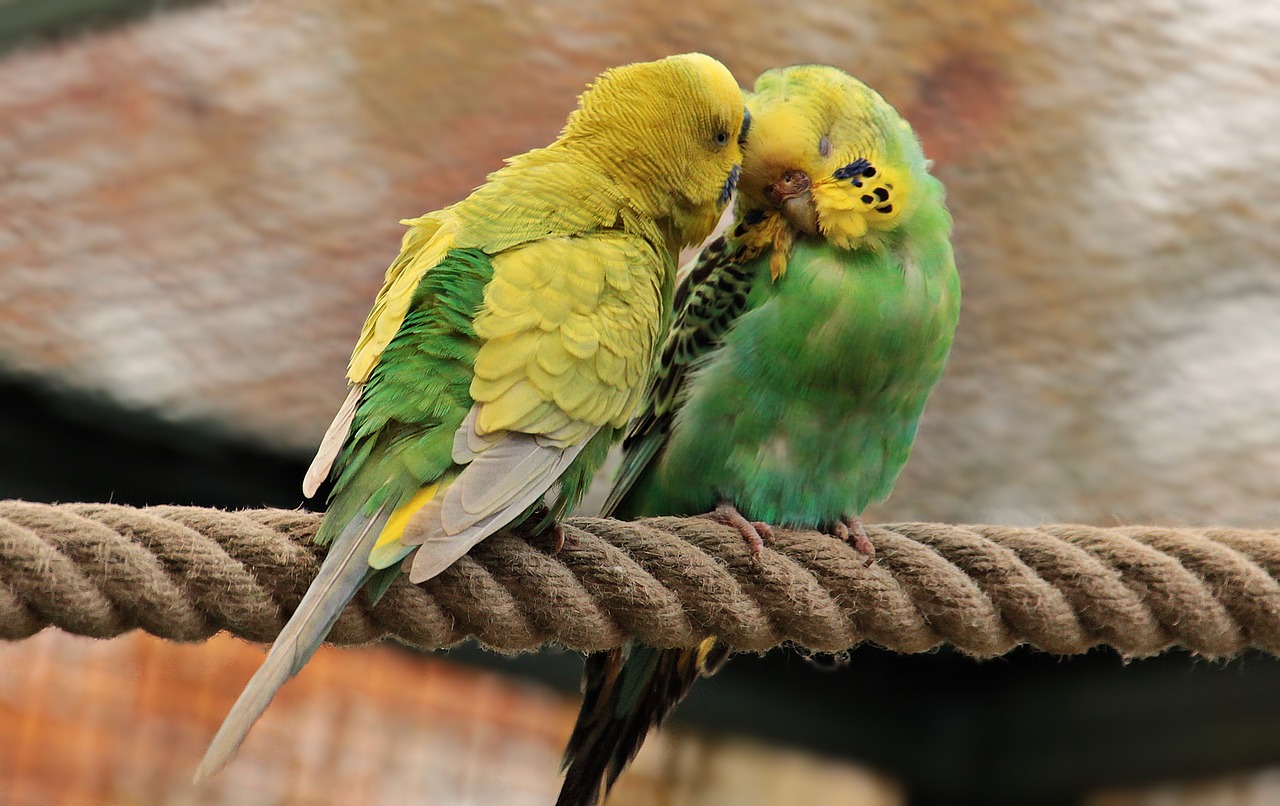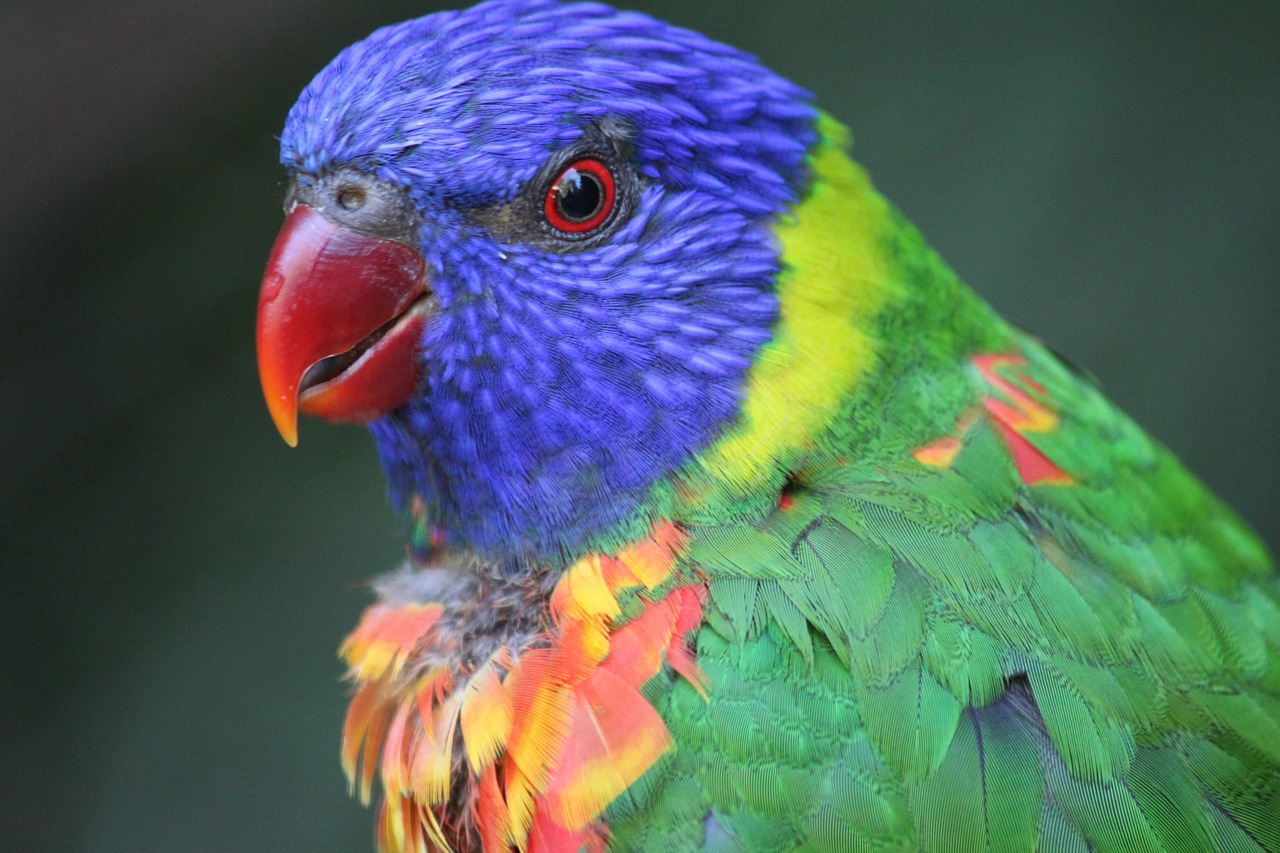Training parakeets is an easy and necessary step for bonding with these colorful little characters.
Parakeets are loving and social creatures so making sure that you train one to trust and interact with you is important for both his happiness and yours! Fortunately, they are also very intelligent and you can have him sitting on your shoulder in on time!
Training parakeets takes a little bit of patience and time. If you don’t want to devote any time to your feathered friend, then you may want to reconsider buying a bird. Birds should not be left to sit lonely in their cages, but should be an interactive part of your family. Once you have decided you do want to invest some time in your new little friend and your bird has been around for a week or so and is used to your home, it’s time to start getting the bird to trust you.
The first step in training parakeets is to get the bird used to your hand.
Put your hand slowly into the cage when you change his food and water. Talk soothingly to the bird. Watch his behaviour – at first he may flap around when your hand comes in the cage, but eventually he will calm down when he realizes that you won’t hurt him. This can take a week or more, but you can’t rush it you have to keep at it until the bird trusts you!
Once you have the bird used to your hand, the next step in training parakeets is to get him to step up on a perch – the ultimate goal is to get the bird on your finger but this intermediate step is necessary. After changing the food and water as usual, take a perch from the opposite side of the cage in your hands and move it slowly towards the bird. It’s important to make sure there are no distracting noises or movements in the room when you are attempting this training. Talk soothingly to the bird and move the perch closer until you can press it against his lower chest just above the legs. He might not let you get near him the first couple of trys – don’t push your luck if you have tried 5 times and he has freaked out, just stop and try it again the next day. Once you can get the perch next to his belly with out him freaking out, push back a bit so that he loses balance and is forced to step up on the perch – you might want to give the command “Up” so he associates that word with the action. Again, if he freaks don‘t push it, just try again the next day. Eventually he will be jumping up on the perch easily! Don’t attempt to remove him from the cage just yet, though, when you are ready, simply transfer him to a stationary perch in the cage by the same method. Remember, the key to training parakeets is patience!
Once you have him used to the perch, you want to start to introduce your finger into the training. Repeat the steps above, but lay your finger right on top of the perch so that in order to step up, the bird will be stepping onto the finger with the perch underneath. Keep at it until the bird gets on your finger willingly and you are one step closer to the goal of hand training parakeets.
This is the most important step in training parakeets – getting him to sit on your finger. Repeat the process you did with the perch and the finger on the perch but simply eliminate the perch. Move your extended finger over to the bird slowly. As always, don’t push it – he will eventually hop on your finger with no qualms if you are patient.
Finally, you are ready to bring your parakeet out of the cage. Of course, during the process of training parakeets, you have not let your bird fly free so he may be curious about what is outside the cage. Get him to sit on your finger as in the previous step. Move your hand slowly over to the door of the cage. This may be scary to your bird at first so take it slowly, stop at the door and let him hop back in or sit in the doorway. Gradually, over a period of days you will be able to move him out of the cage.
Training parakeets is very rewarding and also necessary for the birds safety. You need to make sure that the bird will fly readily to you at all times so that you can remove him from any kind of danger that may be in the room. Never let your bird fly around unattended.


